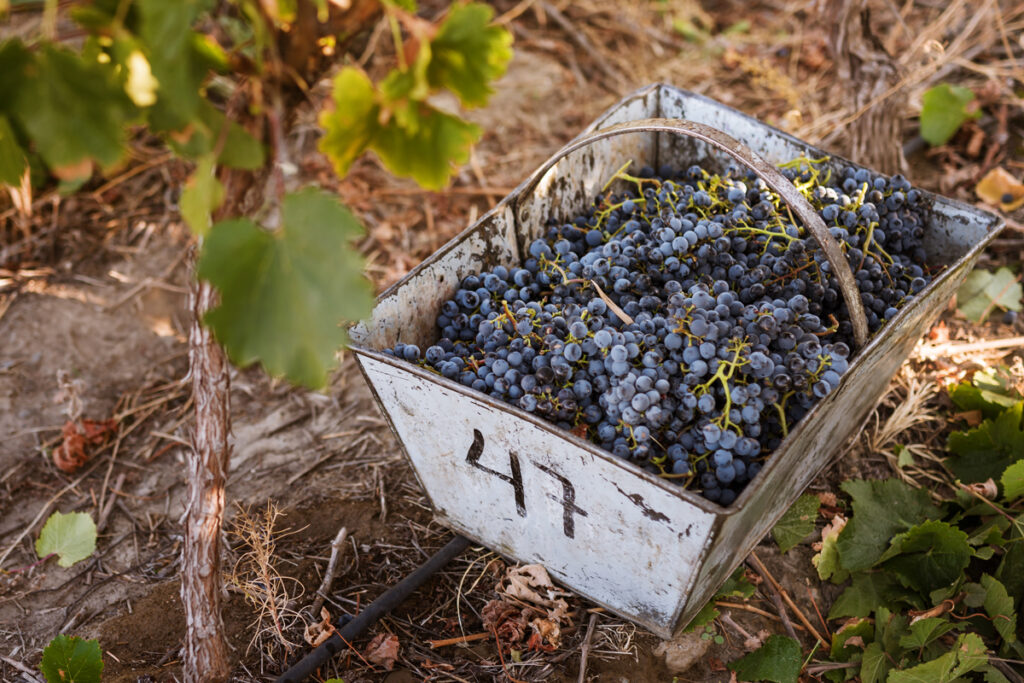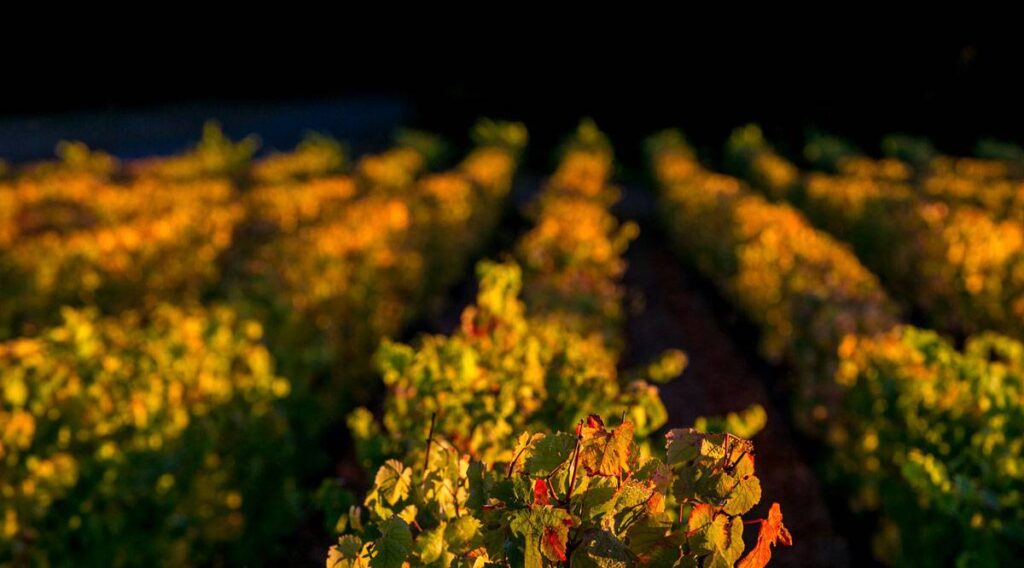Spring ushers in the wine season

The light changes and gets brighter, the daylight hours stretch and temperatures gradually rise. Winter’s rest, when the vines literally go dormant and their metabolism slows down to protect the plant from the rigors of the climateThe winter rest, when the vines literally go to sleep and their metabolism slows down to protect the plant from the rigors of the weather, comes to an end and we say goodbye to the season of still landscapes to give way to the colorful spring.An early sign of this silent mutation is weepingThe vines begin a new vegetative cycle, their metabolism is reactivated and then small drops of sage emanate from the pruning cuts made during the winter.
The plant seems to cry, but it really wakes up.
In September, in Argentina, the early greens are beginning to show.
First the buds appear on the stalks and elongate until they become shoots.This is a delicate moment, since temperatures are not yet stable and an unforeseen frost can burn or damage them, compromising the future harvest. As they grow, the shoots will transform into leaves in an event known as foliation.
Ellas serán las responsables del proceso de fotosíntesis de las plantas, es decir, de recibir la energía del espléndido sol del Valle de Uco para transformarlo en vida.
Uno de los trabajos en el viñedo será entonces cuidar el preciado equilibrio de la planta y eliminar algunos brotes para que el rendimiento de cada una de ellas sea el esperado. The rate of transformation will depend on a number of factors, such as rising temperatures, rainfall and soil characteristics. such as rising temperatures, rainfall and the soil characteristics of each farm. the individual farms..In its last stage, the season of fertility will bring us the smallest bunches of flowers of the vines the smallest flowers of the vines that later -through pollination- will be transformed into the fruits that will give us, beyond that will give us, beyond the harvest time, the long awaited wine.


